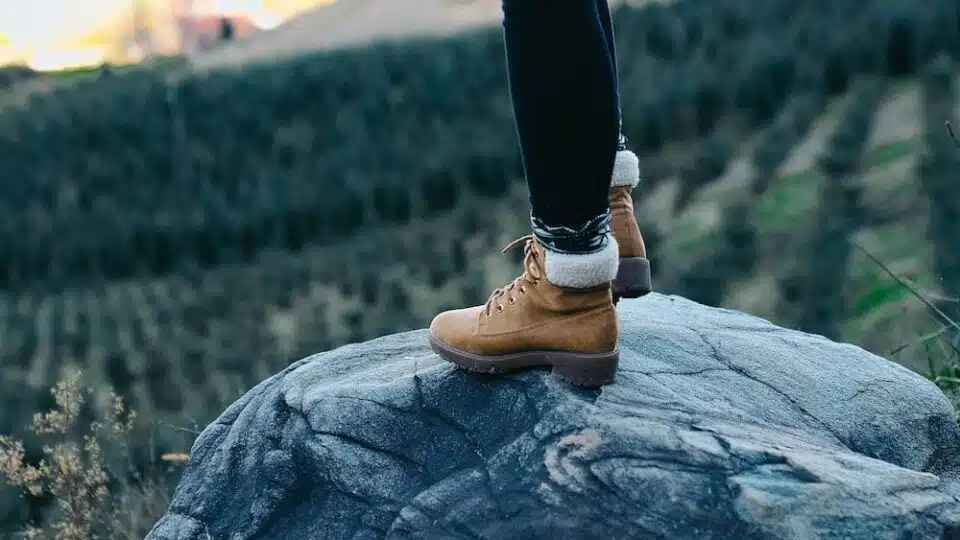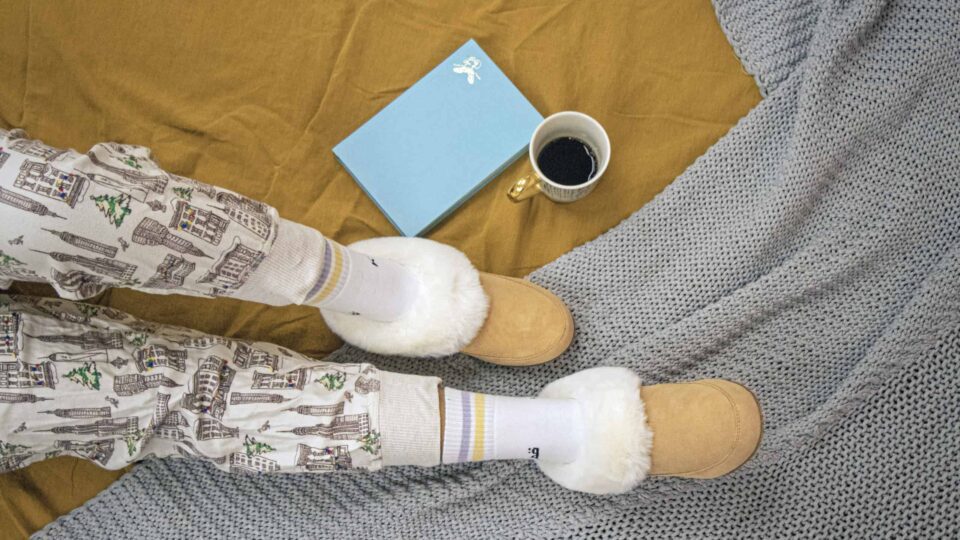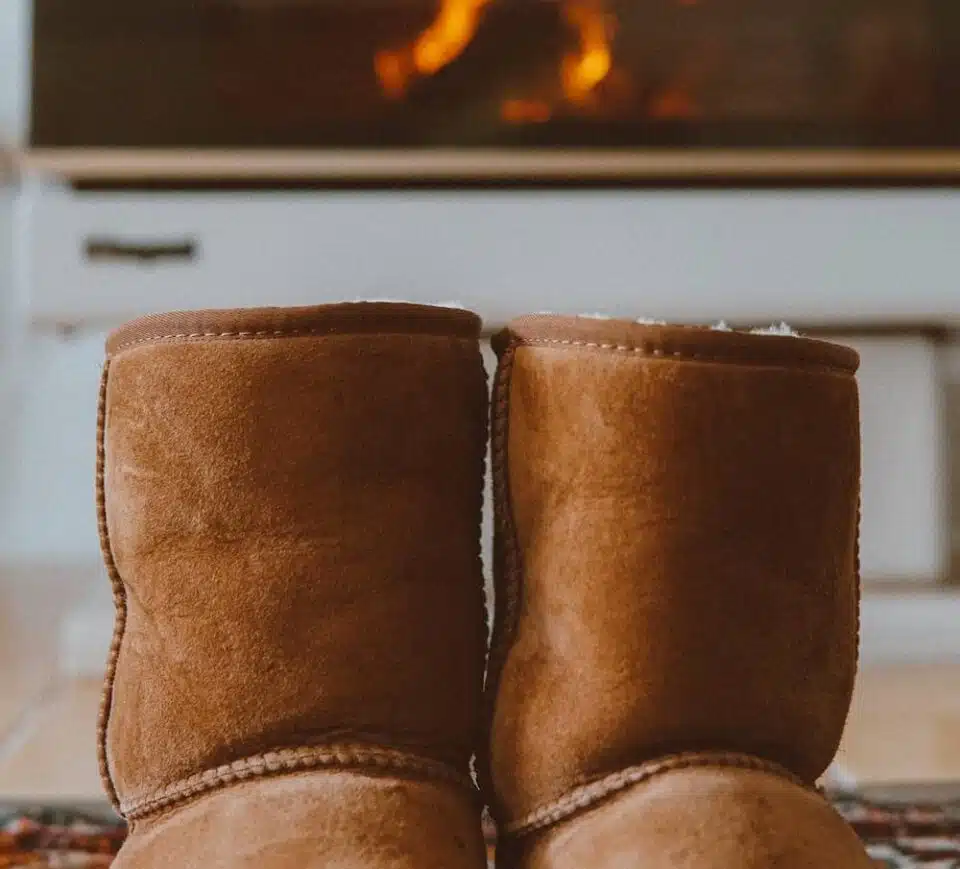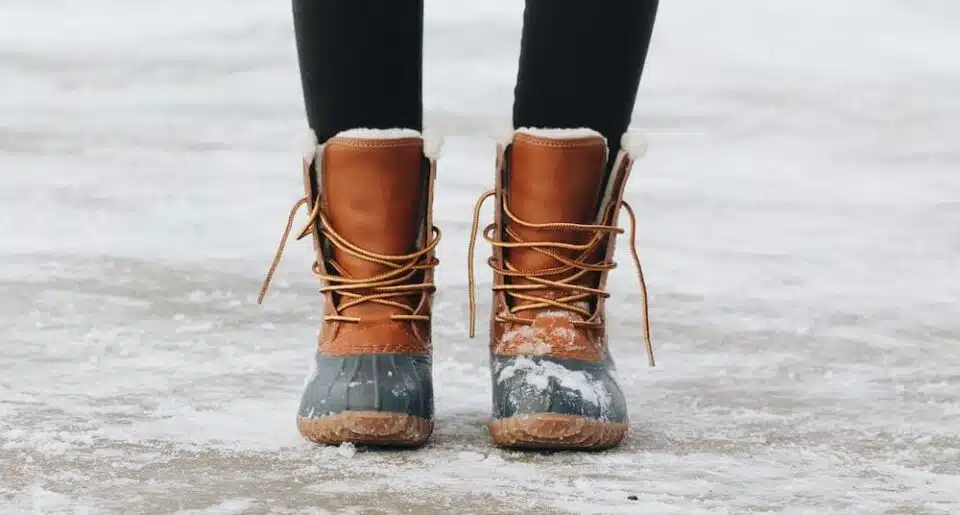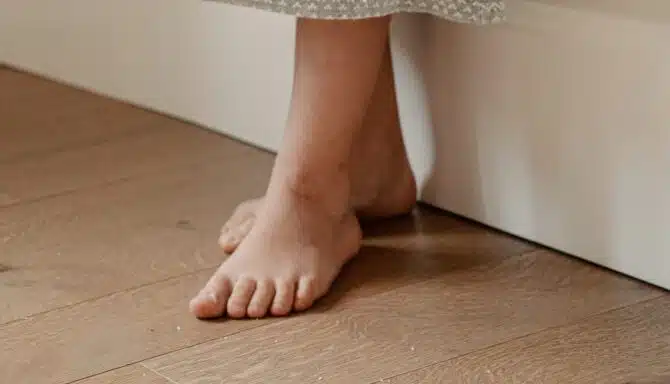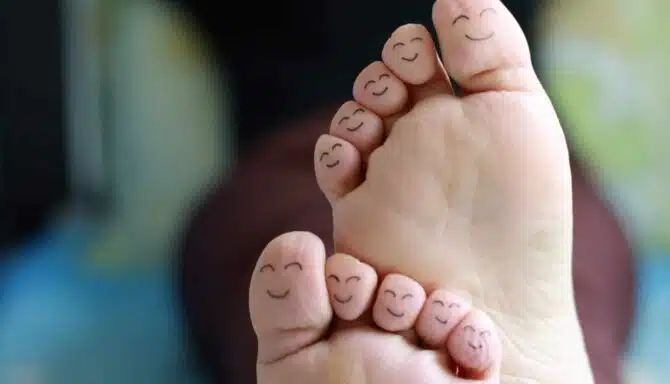It’s time to put away your sandals, flip-flops, and summer shoes for a reason. Winter is coming. And it’s time to bring out the more durable and rugged footwear and winter boots to withstand the harsher conditions.
We love winter in part because the changing season means new footwear. Winter footwear doesn’t just mean boots. You can choose from snow boots, running shoes, or even cozy warm slippers for the home. Due to the harsh conditions, there are several considerations when selecting proper winter footwear.
We created a nine-item winter footwear shopping checklist that should help you pick and find the perfect winter boot.
1. Use
For casual wear
For more practical use cases like shovelling the driveway, going for a walk, heading to the dog park, or generally spending time outside more casually, you may opt for heavier, more durable boots. Look for boots with an inner lining, removable soles, proper insulation, and treads.
For running
There are several ways to make winter running more enjoyable (and, admittedly, palpable). Above all, it starts with weatherproof shoes. Look for shoes with proper traction, a GORE-TEX outer layer, some degree of insulation, and reflective patterns, so you’re visible at nighttime (which, in the winter, is the majority of the time). Want to learn more about finding the perfect winter running shoe? Check out our winter running shoe checklist.
For when you’re at home
Proper footwear doesn’t stop when you’re inside. Consider orthopedic sandals if you need extra arch support or have flat feet or bunions. Or, if you’re looking for something a bit warmer, cozy up with a pair of slippers.
For more formal occasions
For more formal occasions, choose a leather pair of boots. Leather boots have more of a shine and come in an array of fashionable styles perfect for more dressy occasions. Even though they can be less practical in terms of being weather-protective, if you have a boot or footwear for each or a few different use cases, you won’t necessarily need the most rugged boot for dressy occasions.
2. Weatherproofing
As Toronto’s proximity to Lake Ontario results in typical lake-effect weather, winter conditions vary greatly.
In slushy and snowy conditions, winter footwear needs to withstand winter elements – namely, keeping your feet warm (more on that later) and dry. Most quality boots and shoes provide some layer of protection against snow, ice, and moisture. For added protection, look for GORE-TEX footwear, or you can even use waterproofing spray that acts as a film on the outer layer of your boots and shoes.
3. Price
Price is a factor when choosing footwear. You may opt for more affordable options if you expect to purchase multiple boots and shoes for the winter. On the other hand, if you’re in the market for one do-it-all boot, you may choose to go all-in on a single pair.
Here is a rough breakdown of what you might pay for boots, running shoes, or slippers.
- Boots: $150-$1,000
- Shoes: $100-$250
- Orthopedic sandals/slippers: $25-$200
4. Style and Material
Just because winter footwear may be bulkier than other seasonal footwear doesn’t mean you need to sacrifice style. There are many styles and materials for the outer layer of your winter footwear: leather, down, and rubber. The inner material can also be different. You can choose from fleece, fur, textile, or synthetic furs.
5. Traction
Traction, aka the ability for your footwear to grip the ground, is a critical feature of winter footwear. A good grip helps you maintain balance and footing on uneven surfaces. Think of shoes with a good grip, just like winter tires on your vehicle. For the same reasons, you should look for boots and shoes with thick, deep rubber treads.
According to the Old Farmer’s Almanac, Toronto will experience above-seasonal snowfall this winter. More snow and ice means more buildup on sidewalks, roads, and trails. So finding a boot that will help keep you from slipping and sliding on frozen Toronto sidewalks will certainly come in handy.
6. Warmth
With average winter temperatures of -1.5 C to -9 C, Toronto winters are more temperate than many other parts of Canada, like the prairies, eastern and northern Ontario and northern provinces and territories, but that doesn’t eliminate the risk of cold-related foot conditions. One such condition is frostbite. Frostbite is an injury that occurs when the skin and the underlying tissue freeze.
The best way to avoid frostbite (and its predecessor, frostnip) is to dress warmly. Regarding footwear, boots vary based on their temperature rating, insulation, outer thickness, and fit, all of which protect your feet. There are additional considerations, like the type(s) of socks you wear.
We recommend boots with synthetic fill known as PrimaLoft or Thinsulate when looking for winter footwear. These materials are an alternative to down as wool retains its insulation even when wet (unlike down). The thickness of the inner layer varies between 200-300g to 1,000-1,200g, with the lightweight liners being more versatile but less warm, whereas heavyweight liners are bulkier but warmer.
7. Winter Boot/shoe height
Winter running shoes and winter boots come in various heights. Boots riding higher on the leg do a better job acting as a gaiter. High boots help keep snow, ice, and debris out of your footwear.
On the other hand, low boots and shoes are a bit more versatile and make more sense for sports and activities. Height can vary from being regular cut (like a running shoe) to reaching as high as your lower knee.
8. Fit
Winter footwear fit is of utmost importance. If you wear thick socks or have custom foot orthotics, you’ll want to size up to accommodate the extra space.
Further, a poor fit can lead to cold feet. If your boots or shoes or too small, the constricted space may inhibit blood flow and reduce circulation to your feet and toes. If you need help sizing your footwear, visit Feet First Clinic, where our knowledgeable staff can help you find the right fit. To ensure the best fit, we strongly recommend bringing the insoles and socks you would wear your boots with when trying on winter footwear.
The fit can also depend on the lacing system. Some boots, like Uggs or Blundstones, are slip-on, while others, like Canada Goose’s Crofton Puffer down the boot, have a zipper system. For the most custom fit, lacing provides the best ability to ensure your boots and shoes are snugs.
